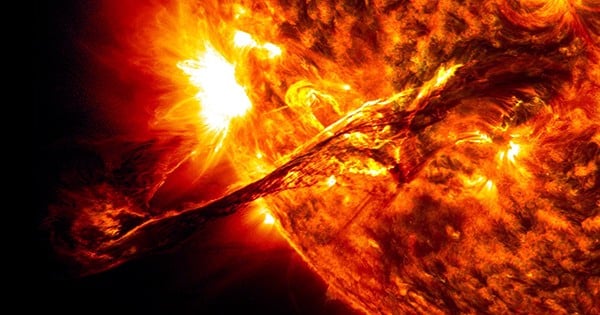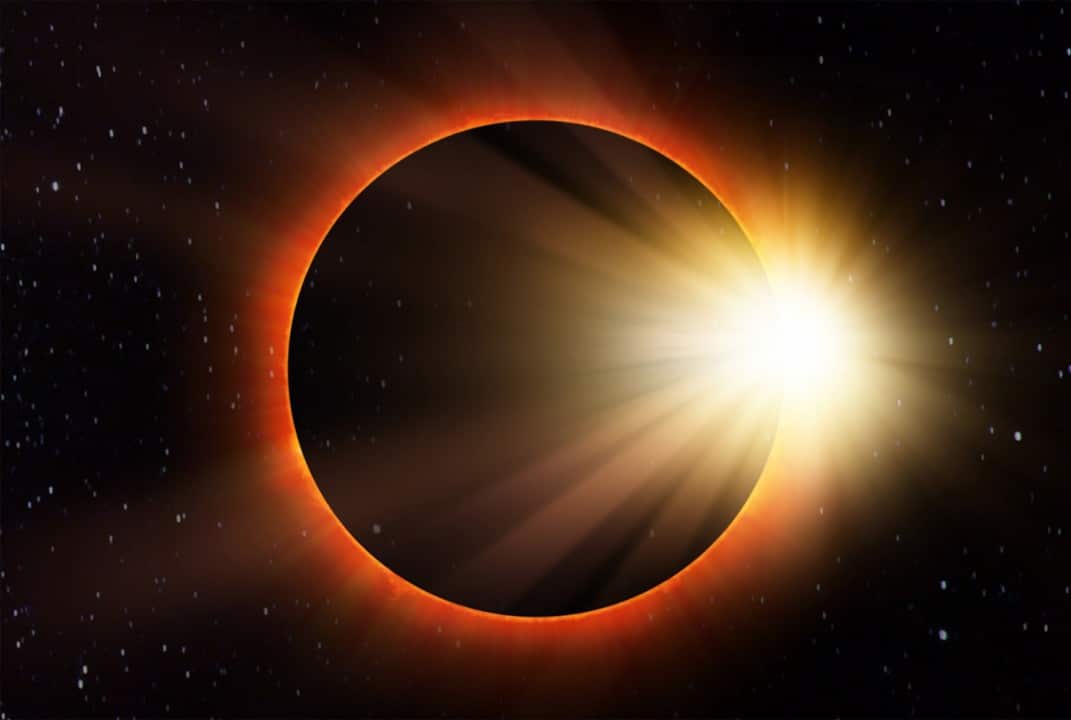With April’s complete solar eclipse rapidly approaching, we’ve already received numerous warnings, ranging from potential air travel disruption to anticipated issues procuring food, water, and fuel. According to this research, we may need to be cautious about possibly fatal road traffic accidents.
Researchers examined the 2017 total eclipse and discovered that fatal traffic accidents increased in the United States as an estimated 20 million individuals ventured away from their homes to see it.
“We discovered a considerable increase in traffic risk in the United States around the time of the total eclipse, averaging one extra car crash every 25 minutes and one additional crash fatality every 95 minutes. The total number of deaths attributed to the eclipse was 46,” Donald Redelmeier, the study’s main investigator, said in a statement. “These increases are similar in magnitude to the increased traffic risks observed around Thanksgiving.”

A total solar eclipse happens when the Moon temporarily blocks our view of the Sun, casting a dark shadow across the Earth. However, it is unlikely that the reported rise in accidents was caused by the change in illumination. Instead, the researchers believe that increased traffic as people flocked to see the spectacle may have been to blame.
“The findings likely derive from increased traffic, travel on unfamiliar routes, speeding to arrive on time, driver distraction by a celestial event, drug-or-alcohol-impairment from related celebrations, or eclipse viewing from unsafe roadside locations,” Redelmeier went on to say.
Using data from a national register of fatal crashes on public roadways, Redelmeier and co-author John Staples examined events over three days beginning August 21, 2017, the day of the last eclipse. They then contrasted three days a week earlier and later.
over the three-day eclipse exposure period, 741 people were killed in wrecks, compared to 1,137 people killed in collisions over the six control days. That’s the equivalent of 10.3 and 7.9 deaths per hour, respectively, and a 31% increase in transportation dangers during the eclipse.
The next eclipse in the contiguous United States, following April’s, will not occur until 2044, thus highways are expected to be congested once more. With that in mind, the experts recommend that drivers use caution if they venture out during the event.
“The next total solar eclipse will occur on April 8, 2024, and is within driving range for more than 200 million individuals within the US,” the researchers wrote in their research paper. “To help prevent another possible surge in traffic fatalities, clinicians might advise patients to respect speed limits, minimize distractions, allow greater headway, wear a seatbelt, and avoid driving while impaired.”















